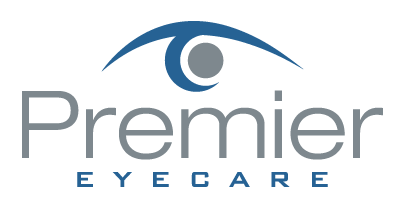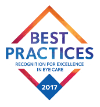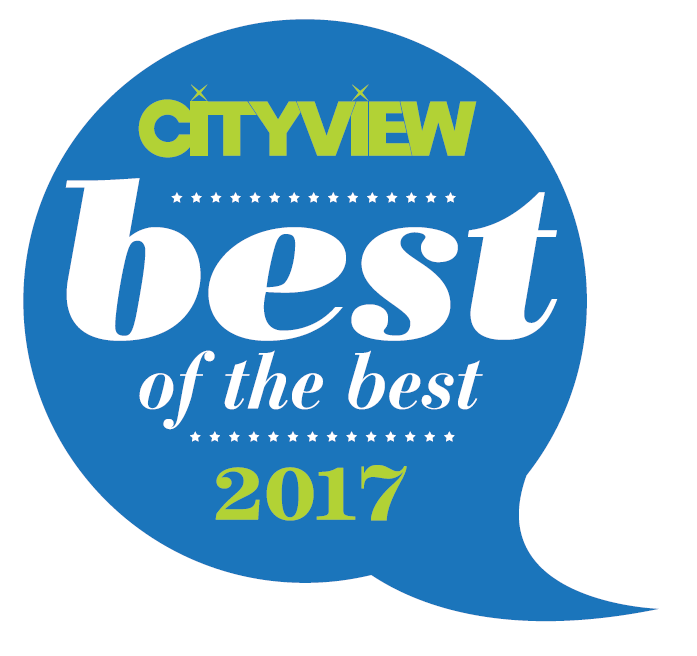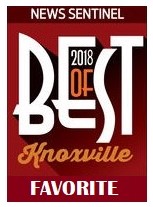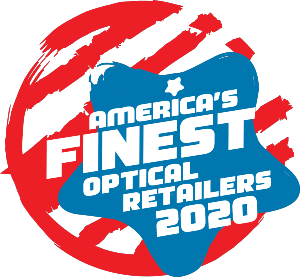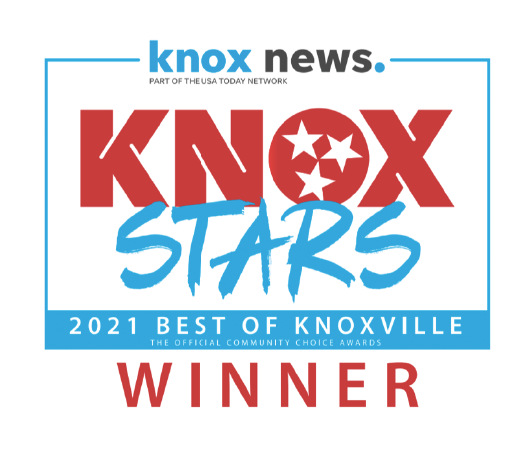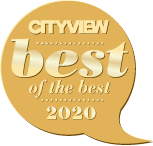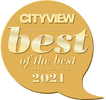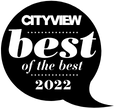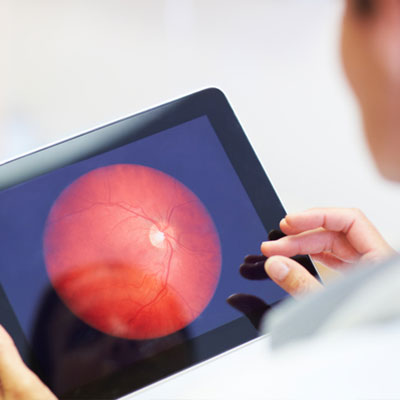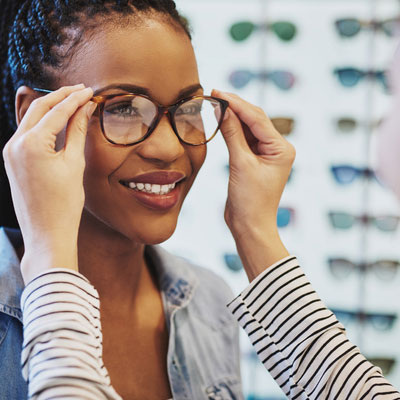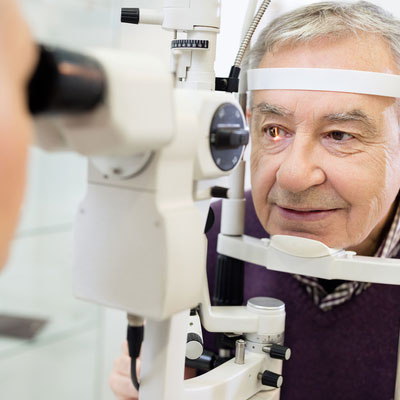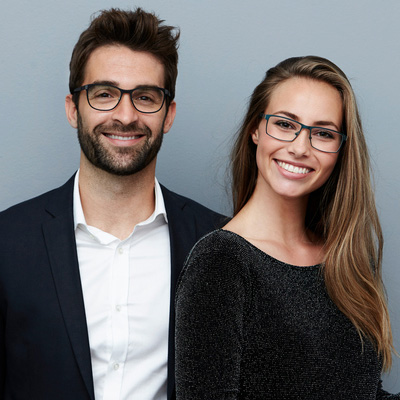Location & Hours
Get Directions11111 Kingston Pike
Knoxville, TN 37934
| Monday | 7:30 - 4:30 |
| Tuesday | 7:30 - 4:30 |
| Wednesday | 7:30 - 4:30 |
| Thursday | 9:00 - 6:00 |
| Friday | 7:30 - 1:00 |
| Saturday | Closed |
| Sunday | Closed |
- Written by Premier Eyecare
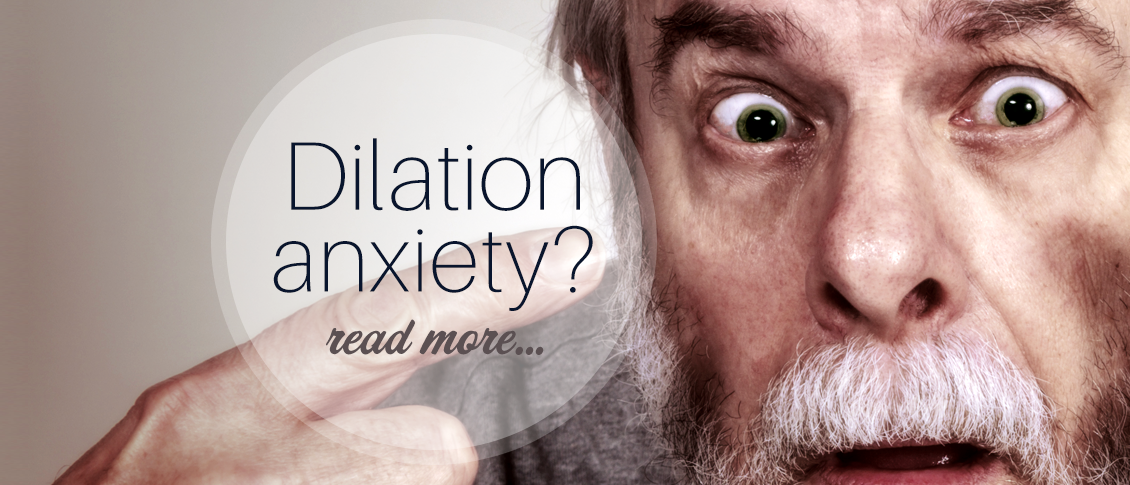
Getting your eyes dilated can be inconvenient – including making the eyes light sensitive and having difficulty reading for a couple of hours.
So wouldn’t it be great to have another drop to reverse the effects of dilation?
On Dec. 31, 1990, Dapiprazole, under the trade name Rev-Eyes, was approved by the FDA and thought to be the answer to all the post-dilation problems. It was marketed for treatment of medically induced dilation by stimulating pupillary constriction and restoration of...
- Written by Premier Eyecare
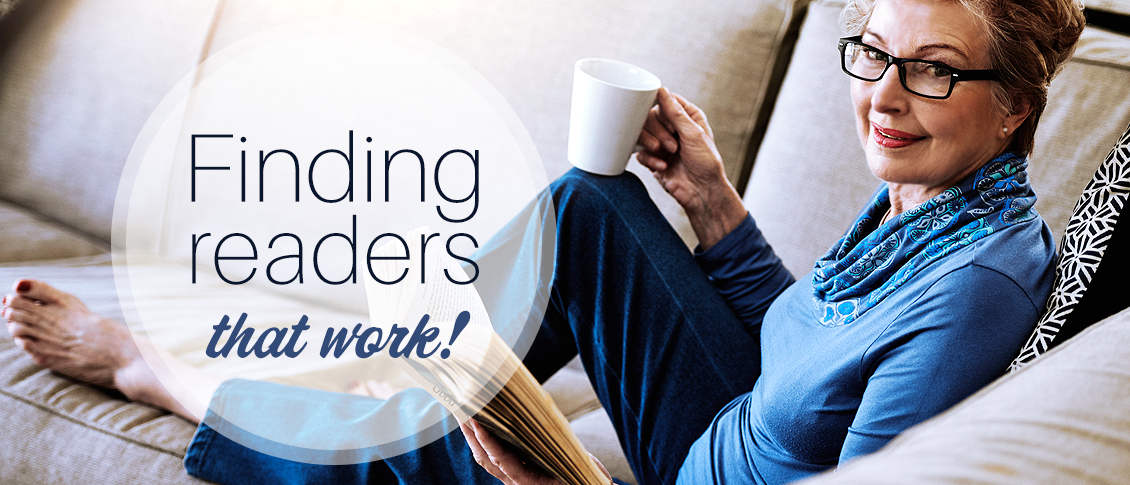
Will reading glasses make your eyes worse? The short answer is ‘No.’
Although we don’t know the exact mechanism by which humans have a decreased ability to focus up close as we age (a process called presbyopia), the fact remains that it will happen to all of us.
The leading theory of how this occurs is that the lenses in our eyes get stiffer and thicker as we age such that one of the muscles in the eye that contracts to change the shape of the lens does so less and less effectively...
